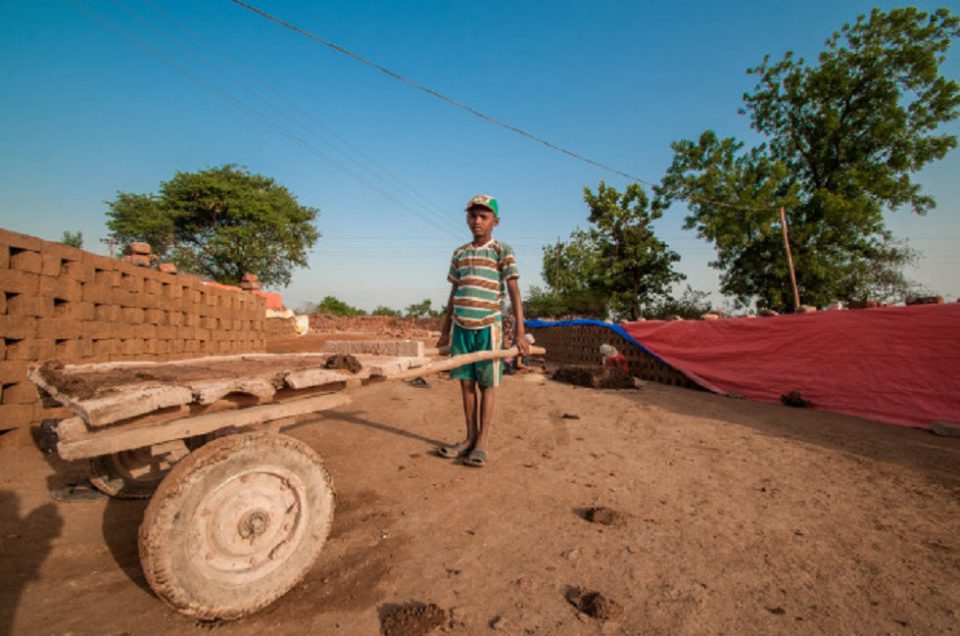The pandemic has created casualties for almost every sector and group of people and organizations. It has also gravely affected children who have been forced by several factors to enter the unskilled labor market and earn money for their impoverished families. The pandemic, in general, is being harmful to children in developing and underdeveloped nations, especially in the most distraught areas.
Most families are losing their types of revenue because of COVID-19, and the worldwide economy has dived into a downturn. The poor families who do not even have the benefits of social security are the ones being affected the most. The worldwide financial emergency brought about by the pandemic could drive 142 million additional children into labor. This is widely caused due to poverty-stricken families in agricultural nations, as per projections as of November 2020.
The complete number of children living in poor families all around the world is at a little more than 725 million. The governments of these nations do very little to implement relief strategies. Almost 66% of these kids live in Sub-Saharan Africa and South Asia. It is critical to evaluate the material shortcomings of children from poor families pushed into labor, but their inadequacies are much more than pay alone.
Roughly 150 million additional children are living in poverty. They live without an opportunity for education, medical care, housing, nourishment, sterilization, or water. This is because of the COVID-19 pandemic, as per the examination mutually completed by Save the Children and UNICEF.
The aforementioned research reports that 45% of these children were denied these necessities before the Covid pandemic even hit. This paints us a picture of how these children’s despair will continue to exist and further increase if our governments do nothing to reduce the impact of the pandemic on these impoverished families.
There is no uncertainty that the current emergency of increasing child labor is dreadful. Governments have to settle on decisions today that will decide the course and impacts of the pandemic. These decisions should incorporate cognizant measures to forestall and wipe out child labor.
The rise in child labor patterns may continue to ascend, particularly in places where it has stayed impervious to change. This is a societal danger that requires immediate activity to alleviate the costs the pandemic takes on children and their families.
Past financial effects have provoked an increase in casual labor as those laid off from their previous jobs to look for another way of revenue. In Liberia during the Ebola emergency, formal business decreased to some degree due to the lack of money that left managers incapable to pay workers.
Child labor is common mostly in the casual labor economy, where kids can undoubtedly step in as unskilled workers. The perils these children face due to their poor circumstances are not to be overlooked. A rise in the casual work sector combined with financial difficulty could push numerous children out of school and into the work market.
In most poor nations and areas, nearly all the adults and youngsters of each family are forced to work to bring in more revenue. Now the children are also bound to work because of the adults losing their jobs due to the pandemic. Ongoing proof from Malawi, the Philippines, and Zambia features when destitution develops inside homes, child labor will likewise rise.
Work in privately-owned companies for the most part gives little thought to wellbeing and security concerns. In every one of the above three nations, when children worked in the labor market they faced and suffered business-related problems like exploitation. Children’s unskilled labor creates intergenerational poverty, compromises public economies, and undermines rights ensured by the Convention on the Rights of the Child. Child labor is different from when you want a child to complete some chores around the house or understand some family issues.
Child labor meddles with tutoring and is destructive to a kid’s physical, mental, social, or potentially moral turn of events. The most recent twenty years have seen steps taken sometimes in vain in the battle against child labor. Sometimes they are successful to help every child receive their destined education and proper standards of living. In any case, the COVID-19 pandemic poses a genuine threat of backtracking this success.
